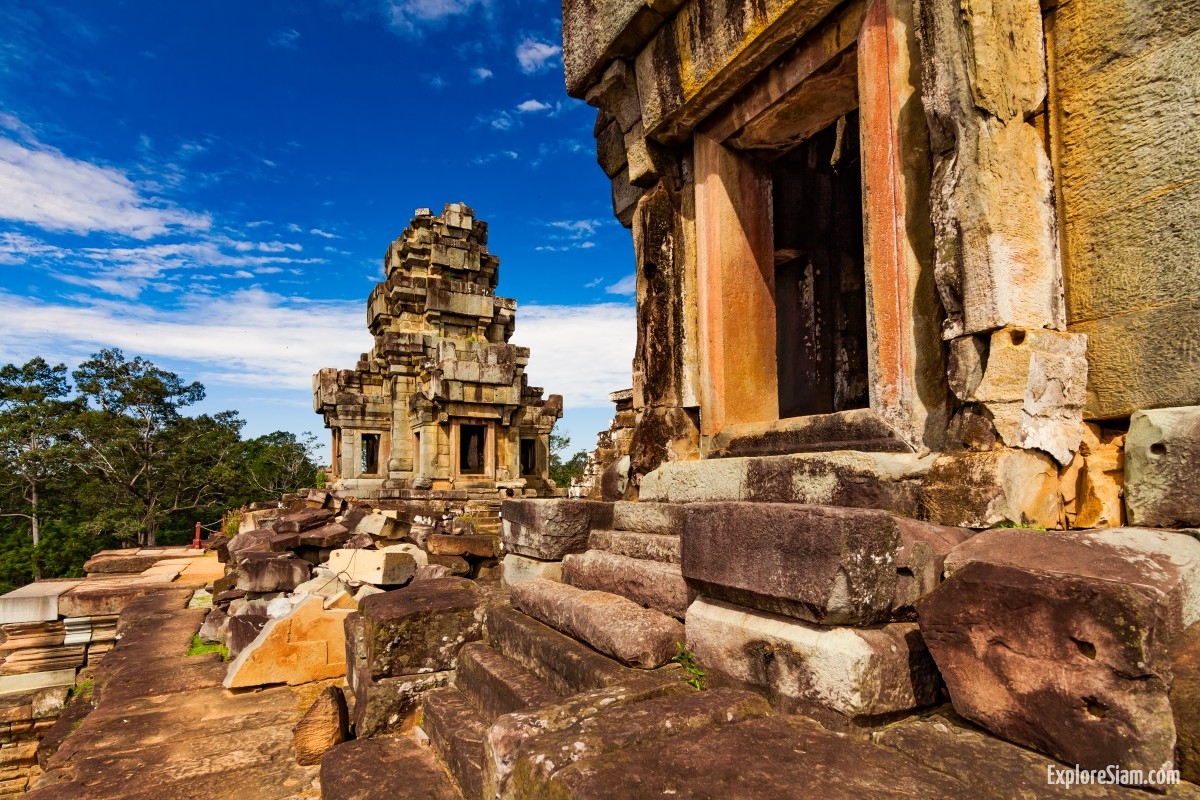Cambodia, a land rich in history and natural beauty, is one of Southeast Asia’s most captivating destinations. The ancient temples of Angkor Wat, the bustling markets of Phnom Penh, and the serene beaches of Sihanoukville draw millions of visitors each year. But where do these tourists come from? Understanding the diverse origins of Cambodia’s visitors offers insights into the global appeal of this fascinating country.
The Rise of International Tourism in Cambodia
In the past few decades, Cambodia has transformed from a country emerging from the shadows of conflict to a thriving tourist destination. The late 1990s marked the beginning of a tourism boom, as peace and stability returned to the country. Since then, Cambodia has become a must-visit spot on the Southeast Asian backpacker trail, as well as a popular destination for cultural enthusiasts, beach lovers, and adventure seekers from around the world.
East Asia: The Dominant Force
A significant portion of Cambodia’s tourists hail from East Asia, with China leading the charge. Chinese tourists have become a dominant force in Cambodia’s tourism industry, thanks in part to the country’s burgeoning middle class and the increasing number of direct flights between Chinese cities and Cambodian destinations. Attractions such as Angkor Wat and Phnom Penh’s Royal Palace are particularly popular among Chinese visitors, who often travel in large groups organized by tour companies.
Japan and South Korea also contribute a substantial number of tourists to Cambodia. Japanese travelers are drawn to the country’s historical and cultural sites, while South Koreans often visit as part of broader tours of Southeast Asia. The cultural similarities and geographical proximity make Cambodia a convenient and appealing destination for travelers from these nations.
European Explorers
Europeans have long been fascinated by Cambodia’s ancient history and exotic landscapes. France, with its deep historical ties to Cambodia, remains one of the top European sources of tourists. Many French visitors are attracted to Cambodia’s colonial architecture, remnants of the French Protectorate period, and the country’s rich cultural heritage.
The United Kingdom, Germany, and Italy also rank high among European nations sending tourists to Cambodia. European travelers typically seek a blend of cultural immersion and adventure, often combining their Cambodian journey with visits to neighboring countries such as Vietnam and Thailand. Cambodia’s relatively affordable travel costs make it an attractive destination for budget-conscious Europeans looking to explore Southeast Asia.
North American Adventurers
Cambodia has seen a steady increase in tourists from North America, particularly from the United States and Canada. American and Canadian travelers are often drawn to Cambodia by the allure of Angkor Wat, one of the world’s most iconic archaeological sites. Many North American tourists visit Cambodia as part of a broader Southeast Asian itinerary, which might include stops in Thailand, Laos, and Vietnam.
For North Americans, the long journey to Cambodia is made worthwhile by the country’s unique blend of history, culture, and natural beauty. The growing interest in responsible tourism and voluntourism has also led many from the U.S. and Canada to engage with local communities during their travels, further deepening their connection to the country.
Australia and New Zealand: The Southern Hemisphere’s Contribution
Australia and New Zealand are well-represented among Cambodia’s tourist demographics. The relatively short flight from Australia’s east coast to Southeast Asia makes Cambodia an attractive destination for Australians looking for a quick getaway. Australian tourists are particularly drawn to Cambodia’s beaches and natural scenery, often favoring the southern regions of the country, such as Sihanoukville and Kep.
New Zealanders, though fewer in number, share a similar attraction to Cambodia’s natural beauty and cultural experiences. Both Australian and New Zealand travelers appreciate Cambodia’s laid-back atmosphere, warm climate, and opportunities for outdoor activities such as trekking, cycling, and exploring rural landscapes.
Southeast Asian Neighbors
Cambodia’s immediate neighbors — Vietnam, Thailand, and Laos — also contribute a significant number of tourists. These travelers often visit Cambodia as part of regional tours or during cross-border excursions. The shared cultural heritage and historical ties between Cambodia and its neighbors make it a popular destination for short trips or weekend getaways.
Vietnamese tourists, in particular, are a growing presence in Cambodia. Many visit the country to explore its cultural sites, enjoy its beaches, or simply experience the vibrancy of cities like Phnom Penh and Siem Reap. The ease of crossing borders within the ASEAN region has facilitated this flow of tourists from neighboring countries.
Emerging Markets: India and Russia
In recent years, India and Russia have emerged as important new markets for Cambodian tourism. Indian travelers are increasingly drawn to Cambodia for its cultural and historical significance, particularly the connection to Hinduism seen in the architecture of Angkor Wat. The growing middle class in India and the availability of budget travel options have made Cambodia a more accessible destination for Indian tourists.
Russian tourists, on the other hand, are attracted to Cambodia’s warm climate and beaches, as well as its exotic appeal. Direct flights from Russia to Cambodia have increased in frequency, making it easier for Russians to visit. Cambodian destinations like Sihanoukville have become popular among Russian tourists, who often seek a combination of relaxation and adventure during their stay.
A Melting Pot of Global Tourism
Cambodia’s tourism industry is a vibrant melting pot of visitors from all corners of the globe. From the bustling streets of Phnom Penh to the tranquil temples of Angkor, the country’s attractions draw a diverse crowd of tourists, each bringing their unique cultural perspectives and contributing to the rich tapestry of global tourism in Cambodia. As the country continues to develop its infrastructure and promote its cultural heritage, it is likely that Cambodia will remain a top destination for international travelers for years to come.





